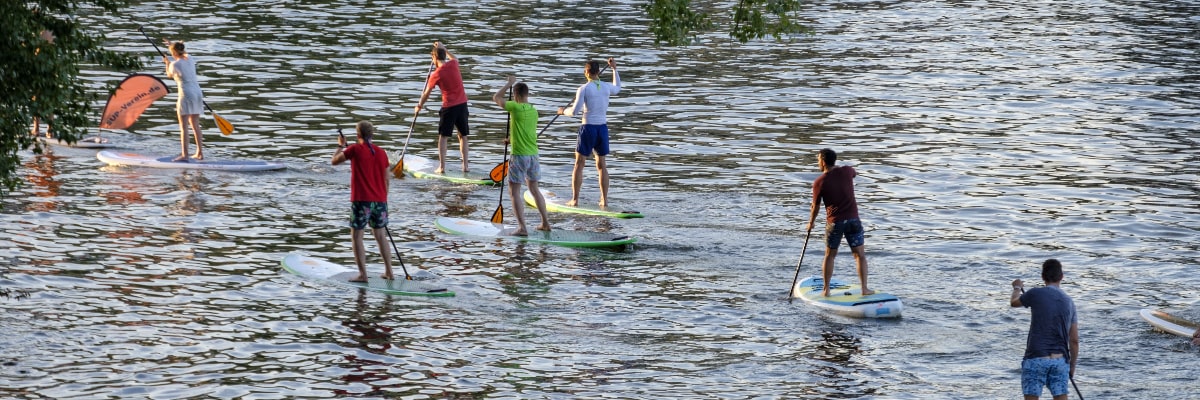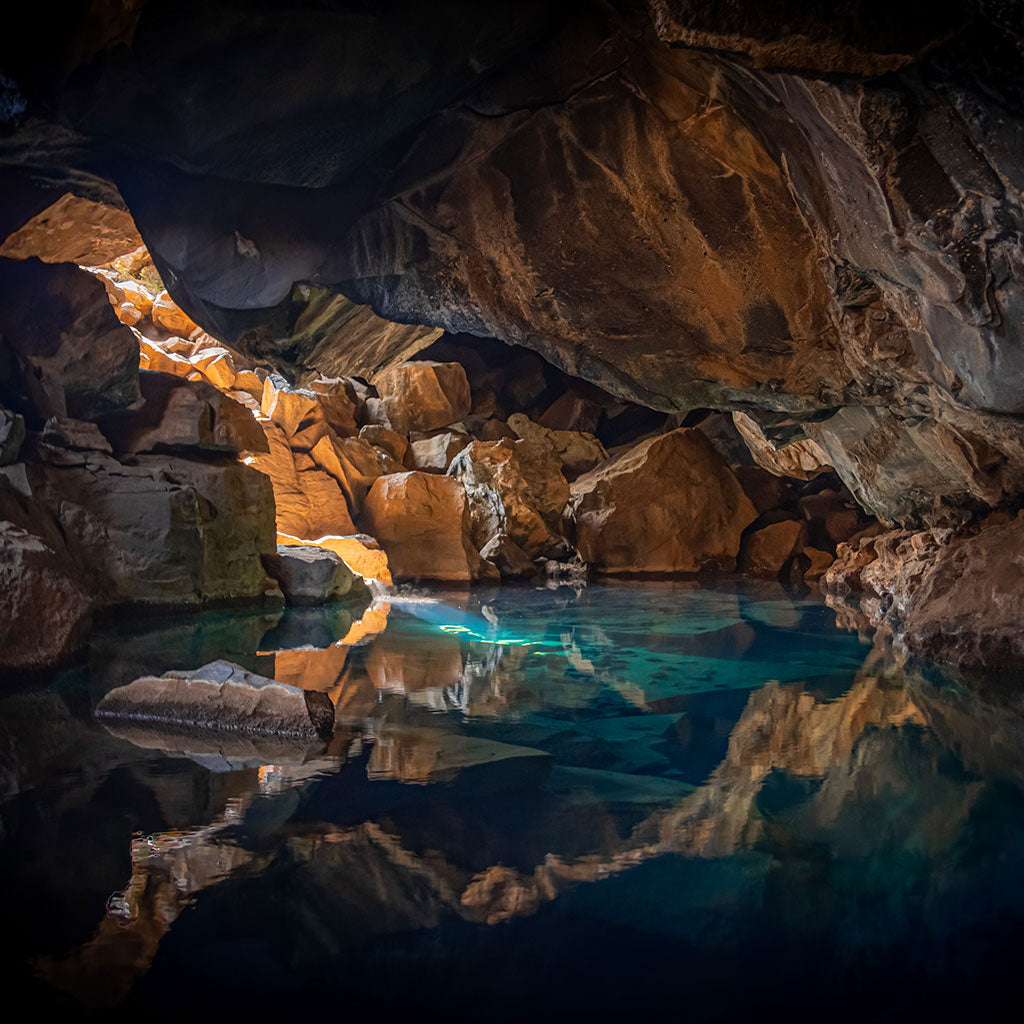Inspired for an Adventure? Check out Beef Stroganoff - Pouch and Beef Stew - Pouch
Free Ground Shipping On All Orders
Over 2,100 Reviews
Add description, images, menus and links to your mega menu
A column with no settings can be used as a spacer
Link to your collections, sales and even external links
Add up to five columns
Add description, images, menus and links to your mega menu
A column with no settings can be used as a spacer
Link to your collections, sales and even external links
Add up to five columns


The most difficult alpine climbs in the world tantalize us not only because of the physical feats and courage displayed by the mountaineers who try them. They captivate us because of the sheer walls and razor-thin aretes, the howling high-altitude winds, the clattering rockfalls, yawning crevasses, and devastating avalanches, alongside all the other attributes of great mountains, which express pure wildness and remoteness.
The idea of the hardest mountain to climb is not simple to define. Difficulty can depend on many things, including the level of technical skill required, the altitude of the peak, the time of year attempted, unpredictable weather, and even changing climbing route conditions.
Here is our list of some of the most difficult alpine climbs in the world. The list is not exhaustive, and it is not ranked, but it highlights legendary peaks that seasoned mountaineers return to again and again in pursuit of the ultimate challenge.
- K2 (Pakistan/China)
- Kangchenjunga (Nepal/India)
- Nanga Parbat (Pakistan)
- Annapurna (Nepal)
- Masherbrum (Pakistan)
- Baintha Brakk (Pakistan)
- Namcha Barwa (Tibet)
- Mount Everest (Nepal/Tibet)
- Denali (USA/Alaska)
- The Eiger (Switzerland)
- Cerro Torre (Argentina/Chile)
(1) K2 (28,251 feet)—Pakistan/China
K2 is often cited as the hardest and most dangerous mountain to climb due to the combination of extreme weather conditions, technical climbing challenges, and its status as the world’s second-highest peak. With steep, icy slopes, unpredictable storms, and far less support infrastructure than Everest (and a trickier climb from a technical standpoint), it stands as a true test of skill, endurance, and survival for even the most experienced mountaineers.
King of the Karakoram Range, this remote, gargantuan pyramid is also one of the most breathtakingly beautiful of peaks. The “Savage Mountain,” as it’s widely known, was first climbed in 1954 by Italians Ardito Campagnoni and Lino Lacedelli, with fewer than 400 successful summit attempts since. Unfortunately, this climb also has a high fatality rate and has claimed nearly 100 lives.
The standard Abruzzi Spur route includes the frightening negotiation of the “Bottleneck,” in which climbers pass below enormous ice towers (seracs) prone to sudden collapse. A winter ascent of K2 long stood as one of the great prizes in mountaineering; in early 2021, a Nepalese team headed by Nirmal Purja finally accomplished that terrific challenge. K2’s east face, meanwhile, remains unclimbed.
(2) Kangchenjunga (28,169 feet)—Nepal/India
Kangchenjunga, the third-highest mountain in the world, rises from a stunning Himalayan massif of more than a dozen peaks. Its Tibetan name translates roughly to the “five great treasures of the snow,” reflecting the sacred and storied presence of this giant.
First climbed in 1955 by George Band and Joe Brown, Kangchenjunga is infamous for its huge avalanches, which contribute to its reputation as one of the toughest alpine climbs. Just over 300 people have summited Kangchenjunga, with 10 people recently completing the trek in May of 2025.
(3) Nanga Parbat (26,660 feet)—Pakistan
This commanding peak, the ninth-highest in the world and the second-most prominent in the Himalayas after Everest, holds the sinister nickname of the “Killer Mountain.” Looming in the western Himalaya, Nanga Parbat (“naked mountain,” in Sanskrit) is notorious for deadly avalanches and extreme difficulty, giving it one of the highest fatality rates among the 8000-meter giants.
It also boasts what’s arguably the greatest mountain face in the world: the 15,000-plus-foot Rupal Face. The first to stand atop this overwhelming summit was the legendary climber Hermann Buhl in 1953.
(4) Annapurna (26,545 feet)—Nepal
The first 8000-meter peak to be climbed, in 1950 by M. Herzog and L. Lachenal, Annapurna (the “Beautiful Goddess”) remains one of the most dangerous of the mighty Himalayan summits, and the crown of among the world’s grandest massifs. Roughly a third of the climbers who’ve attempted Annapurna haven’t made it back alive. Among those who perished on its slopes was Anatoli Boukreev, who met his end in an Annapurna avalanche just months after surviving the 1996 Mount Everest disaster.
Annapurna’s epic south face ranks among the most notorious challenges in mountaineering, combining steep vertical terrain with constant risk of avalanches and storms. On October 15, 1978, Vera Kormarkova and Irene Beardley became the first two American women to summit this mountain, fueled in part by Mountain House meals.
(5) Masherbrum (25,660 feet)—Pakistan
Originally mapped as “K1,” Masherbrum raises its soaring, sharp-pointed peak in the Karakoram Range along the Baltoro Glacier. This 22nd-highest mountain in the world was first climbed in 1960 by G. Bell and W. Unsoeld, and has accrued only a relative handful of successful summit bids since.
The imposing northeast face, the “Impossible Wall”, has yet to be climbed: noted mountaineer David Lama likened this route to “climbing the Eiger with Cerro Torre on top.”
(6) Baintha Brakk (23,901 feet)—Pakistan
Its ferocious granitic steepness and lofty elevation make Baintha Brakk, aka “the Ogre”, one of the most legendary climbing goals flanking the Biafo Glacier in the Karakorams. The mountain’s jagged profile and rock walls demand a mix of rock climbing mastery and high-altitude endurance.
Doug Scott and Chris Bonington pulled off the first ascent in 1977, a climb made even more dramatic after Scott broke both legs during the descent and barely survived. Baintha Brakk’s summit wasn’t visited again until 2001, due to its difficulty.
(7) Namcha Barwa (25,531 feet)—Tibet
This remote monster, which overlooks the great Yarlung Tsangpo River in its titanic Himalayan gorge, was the loftiest unclimbed peak in the world until 1992, when a Japanese-Chinese team surmounted it along its Southwest Ridge.
The mountain has not been successfully summited since, adding to its reputation for remoteness, treacherous conditions, and logistical challenges.
(8) Mount Everest (29,032 feet)—Nepal/Tibet
The highest mountain in the world is, without question, the most coveted summit on Earth. Each year, hundreds attempt the climb, and more than 4,000 have succeeded, yet Everest remains a very dangerous proposition. The staggering altitude alone pushes the limits of human endurance, while frequent storms and hazards like the serac-studded Khumbu Icefall make every step perilous.
Everest is also infamous for overcrowding and a growing number of inexperienced climbers relying heavily on guides and Sherpas. These conditions, combined with its natural dangers, have contributed to more than 300 deaths on its slopes.
The journey begins at Everest Base Camp, an iconic staging ground at over 17,000 feet that is an expedition in itself to reach. From there, climbers spend weeks acclimatizing and moving through a series of high camps before making a summit attempt. Far from the most technical climb in the world, Everest’s risks lie in its sheer height, harsh weather, and logistics, ensuring it will never be “just a walk in the park.”
(9) Denali (20,310 feet)—USA (Alaska)
Its previous “official” name of Mount McKinley was finally retired in 2015 in favor of the indigenous Koyukon one, Denali (the “Big One” or the “High One”) is North America’s highest mountain and the third-most topographically prominent peak on the planet. This behemoth of the Alaska Range, first climbed in 1913 by H. Stuck, W. Harper, R. Tatum, and H. Karsens, is also the most northerly mountain above 20,000 feet, which makes for extreme conditions that include frigid temperatures and frequent, intense storms.
Among the most challenging routes on Denali is its north face, the avalanche-swept Wickersham Wall, which, at roughly 14,000 feet top to bottom, ranks among the world’s greatest mountain faces. Due to the mountain’s isolation and extreme weather, Denali is considered one of the hardest alpine climbs in the world, and the most difficult in the United States.
(10) The Eiger (13,015 feet)—Switzerland
Its elevation might look modest compared to most of the other mountains on this list, but the Eiger is a shining example of a peak’s height not being reflective of its challenge. This horn in the Bernese Alps boasts the most famous north face in the world: the Nordwand, a technically demanding and rockfall-showered wall considered the last great mountaineering challenge in the Alps until it was finally climbed in 1938. That was a full eight decades after C. Almer, P. Bohren, and C. Barrington made the first ascent of the Eiger.
More than 60 climbers have died attempting the Eiger North Face, earning it a grisly nickname: the Mordwand, or “Murder Wall.” Even today, with better gear and weather forecasting, it remains one of the most technically demanding and dangerous climbs in the Alps.
(11) Cerro Torre (10,262 feet)—Argentina/Chile
Mere elevation also doesn’t convey the arduousness of Cerro Torre, a granitic spire in the Patagonian Cordillera that ranks as one of the Western Hemisphere’s chief mountaineering challenges.
Sheer-sided, raked by Patagonia’s infamous gale-force winds, and often capped by thick rime ice, this mighty tooth wasn’t successfully climbed until 1974 (D. Chipappa, M. Conti, C. Ferrari, P. Negri), though disputed claims of ascent predate that inarguable top-out.
Honorable Mentions
We’ve left off a whole mountain range or two’s worth of tough peaks and nearly impossible routes. A few that deserve recognition include:
- The insanely difficult Latok group near Baintha Brakk and the spiky Trango Towers in the Karakoram, which include arguably the globe’s greatest wall on the east face of 20,623-foot Great Trango.
- The 26,795-foot Dhaulagiri in Nepal is another Himalayan legend.
- Mont Blanc and the Matterhorn are classics that still test the mettle of mountaineers.
- Mount Deborah is another standout challenge in the Alaska Range.
- The legendary Devil's Thumb spiking out of the Stikine Icefield on the Alaska-B.C.
- Mount Logan in Yukon, the 19,551-foot crown of Canada.
- Spectre in the Gothic Mountains, a jagged peak in Antarctica.
Well, you get the picture…
Fuel Up for the Mountains With Mountain House
Whether you’re just starting out on your mountaineering journey or have ambitions to summit one of the legendary peaks on this list, staying fueled is essential.
Here at Mountain House, we’ve long kept elite mountaineers going in the high country with our just-add-hot-water freeze-dried delicacies. Our meals are lightweight, packable, and ready when you need them most. Explore our full alpine-ready inventory as you pack for your next trip to the heights!

Beginner’s Guide to Stand Up Paddle Boarding (SUP)

How to Go Caving Safely & Responsibly


Stay Hungry for Adventure
Sign Up for Delicious Outdoor Meals & Exclusive Offers!
By clicking ‘Join Now’, I agree to the Terms of Service and Privacy Policy.


Join the adventure
©2025 Mountain House — All Rights Reserved.
Your Cart is Empty
Continue ShoppingYour Cart
Subtotal
$0.00
EXPRESS PAYMENT METHODS AVAILABLE IN CHECKOUT
Taxes and Shipping Calculated at Checkout
Your ExpertVoice deal.
$[Deal Price]
$[Original Price]
Discount applied at checkout.
On sale now — lower than your ExpertVoice discount.
Not eligible for ExpertVoice discount.














